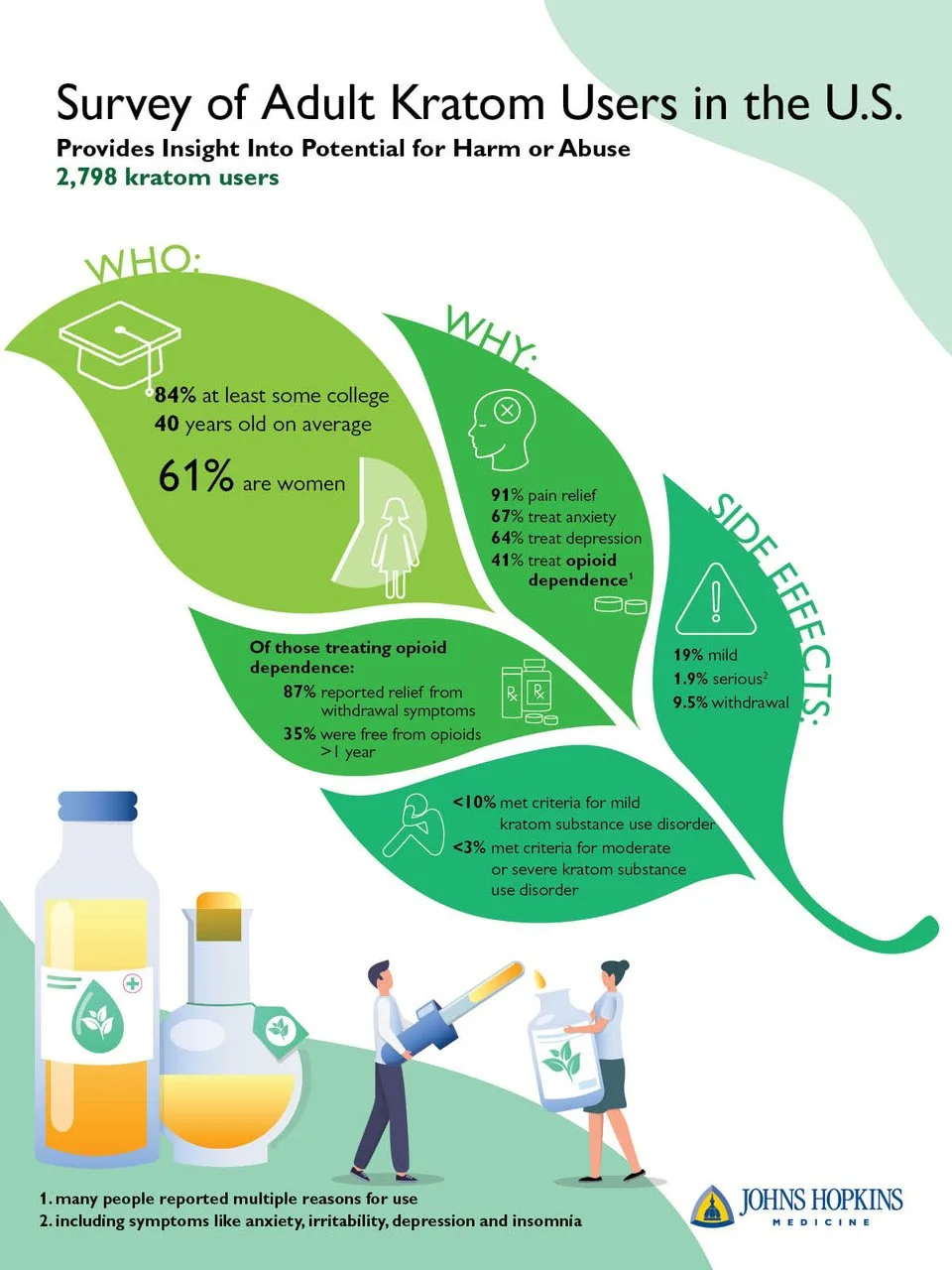Based on our review of the available literature, we conclude that regulation of M. speciosa in Wisconsin as a schedule-I substance is not justified at this time. We base this conclusion, in part, on the scientific evidence demonstrating that M. speciosa and its chemical constituents have lower potential for overdose and abuse relative to other agents that are not scheduled in this way. We believe that controlling M. speciosa and its chemical constituents under schedule-I harms public health and stifles much-needed research into its therapeutic and toxic properties.
Kratom Health Science works to share the latest in kratom science and promote kratom consumer safety










